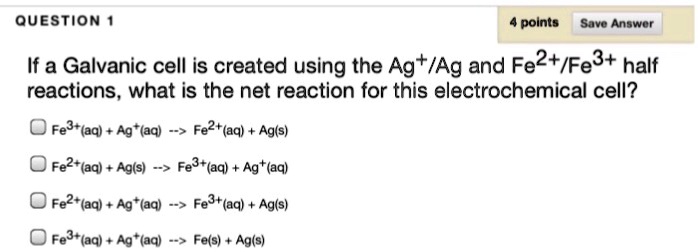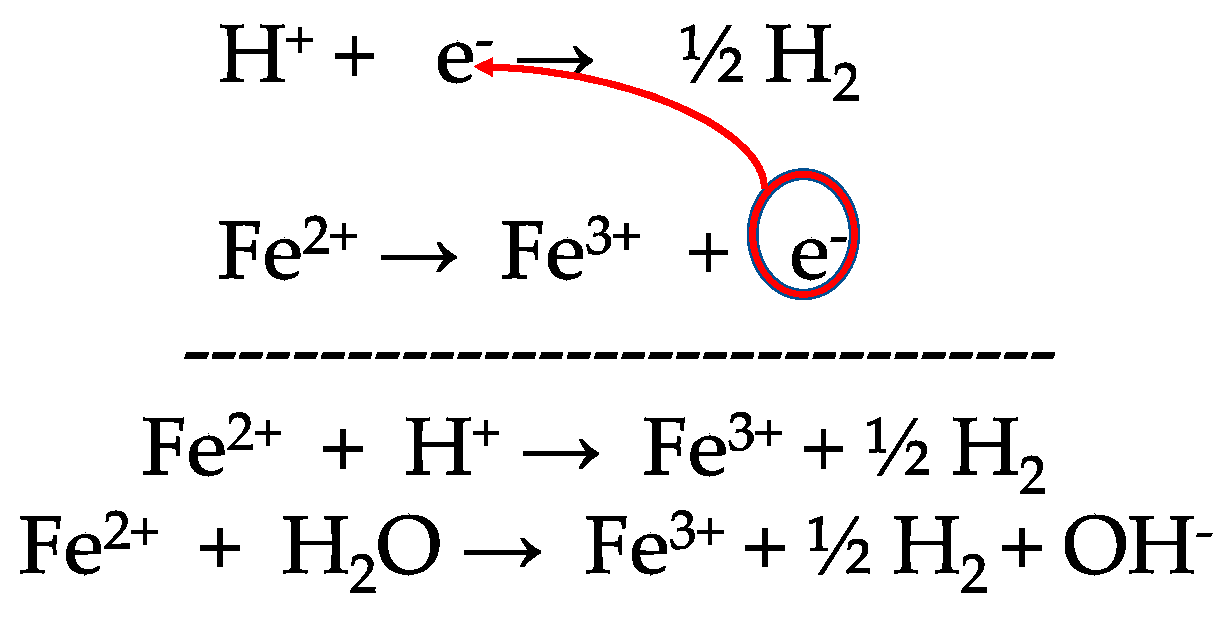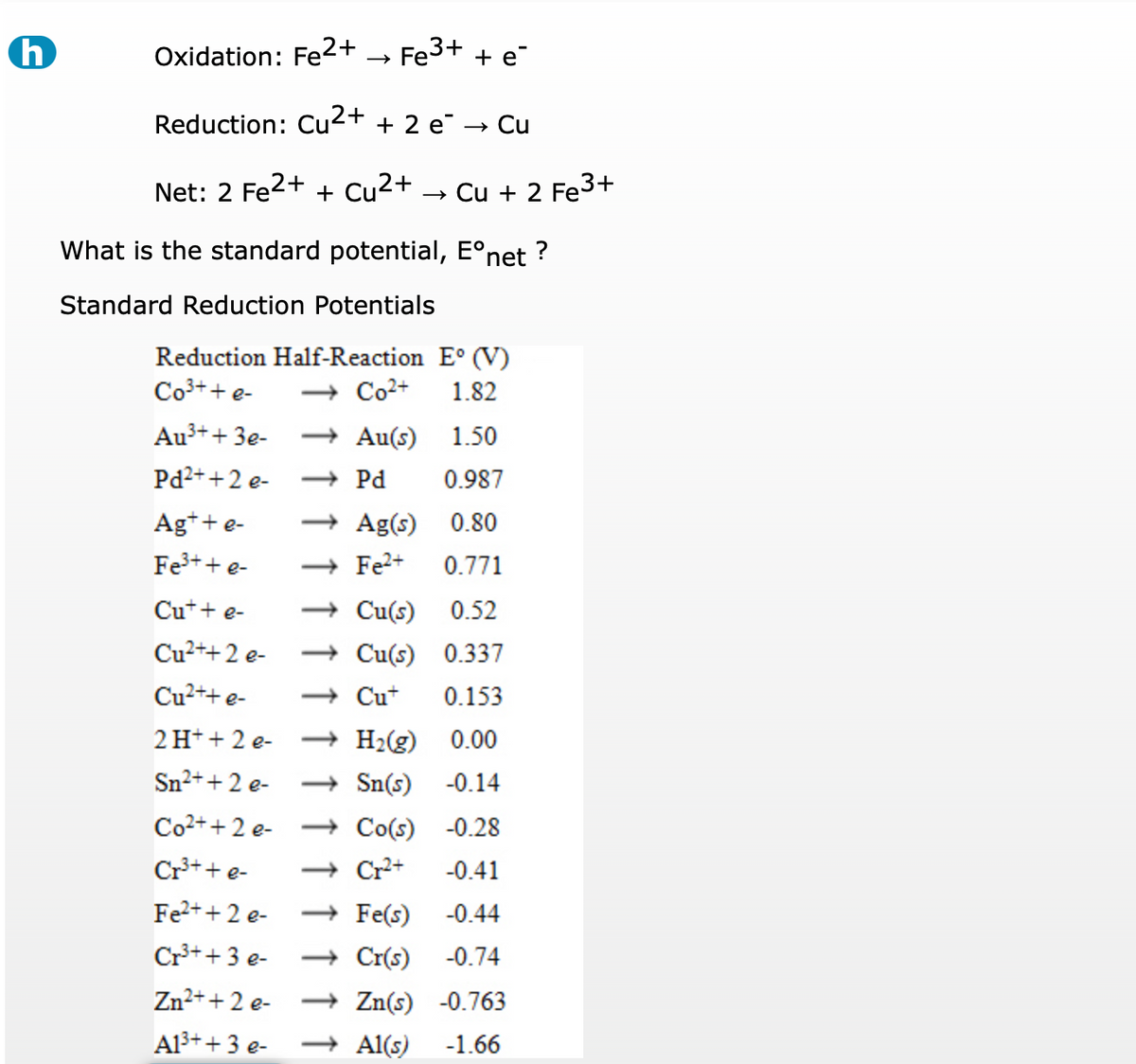
SOLVED: QUESTion points Save Anawor If a Galvanic cell is created using the Ag+/Ag and Fe2+/Fe3t half reactions, what is the net reaction for this electrochemical cell? Fe3-(aq) Ag"(aq) Fe?+(aq) Agls) Fe?-(aq)

Sketch the voltaic cell containing Zn|Zn2+ and Fe2+|Fe3+ half-cells. Calculate the Ecell. Be sure to label everything. Hint: There has to be a solid state support. | Homework.Study.com

Fe2+/Fe3+ Ions Chelated with Ultrasmall Polydopamine Nanoparticles Induce Ferroptosis for Cancer Therapy | ACS Biomaterials Science & Engineering

What is the standard reduction potential (E^o) for Fe^3 + → Fe ?Given that: Fe^2 + + 2e^ - → Fe ; E^oFe^2 + /Fe = - 0.47 V Fe^3 + + e^ - → Fe^2 + ; E^oFe^3/Fe^2 + = + 0.77 V

Aqueous-Phase Differentiation and Speciation of Fe3+ and Fe2+ Using Water-Stable Photoluminescent Lanthanide-Based Metal–Organic Framework | ACS Applied Nano Materials

Homogeneous photocatalytic Fe3+/Fe2+ redox cycle for simultaneous Cr(VI) reduction and organic pollutant oxidation: Roles of hydroxyl radical and degradation intermediates - ScienceDirect

Color online) Energetic positions of Fe (Fe1, Fe2, and Fe3) and B (B... | Download Scientific Diagram

Fe2+/Fe3+ Cycling for Coupling Self‐Powered Hydrogen Evolution and Preparation of Electrode Catalysts - Chen - 2022 - Angewandte Chemie International Edition - Wiley Online Library

SOLVED: Consider the following voltaic cell: Pt(s)IFe2+ (aq) , Fe3+(aq) Ag" (aq)Ag(s) Identify the half-reaction that occurs at the anode Select one: a. Fe3- (aq) + e Fe2- (aq) b. Pt(s) +

PPT - Iron (Fe 2+ /Fe 3+ ) Transport and Trafficking in Mammals Bertini et al Ch. 5 and 8 PowerPoint Presentation - ID:432903






.PNG)



